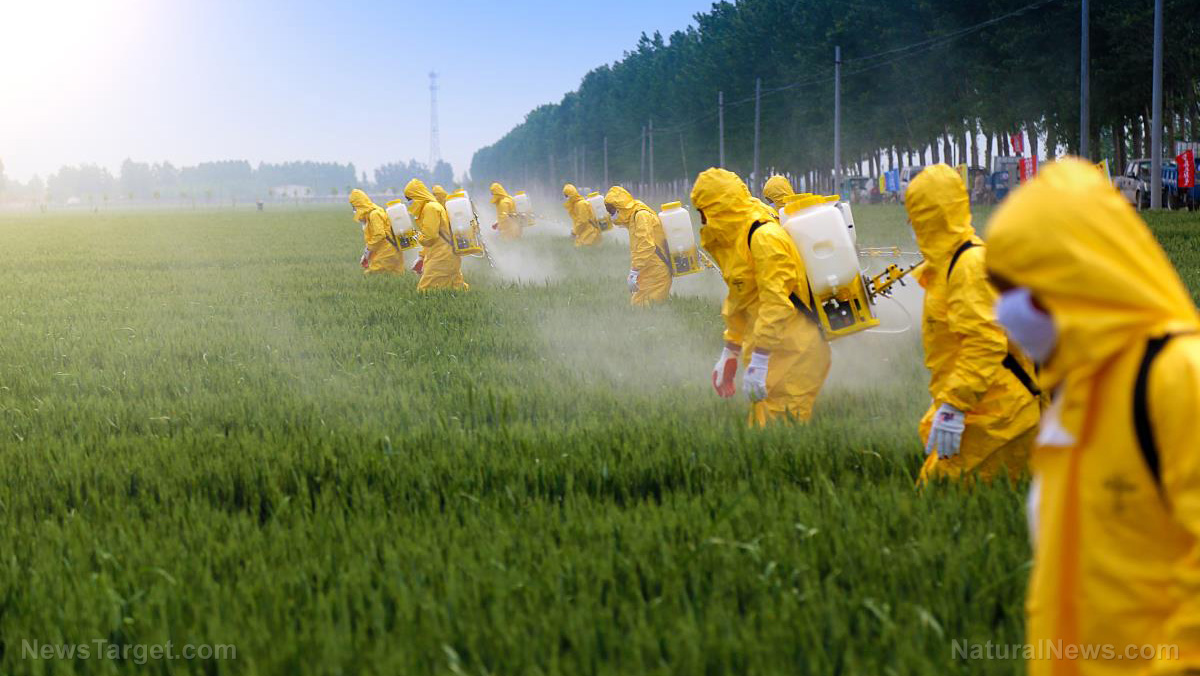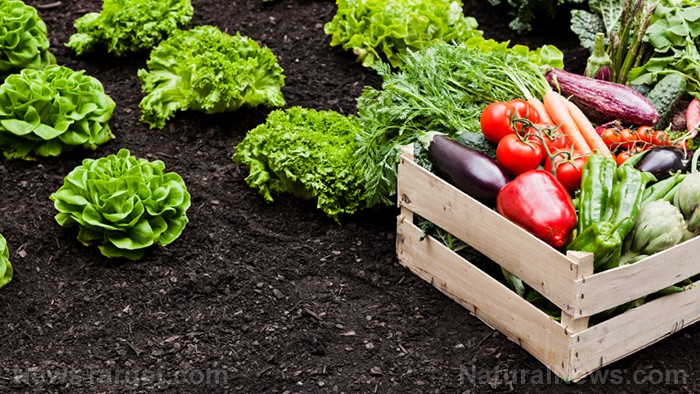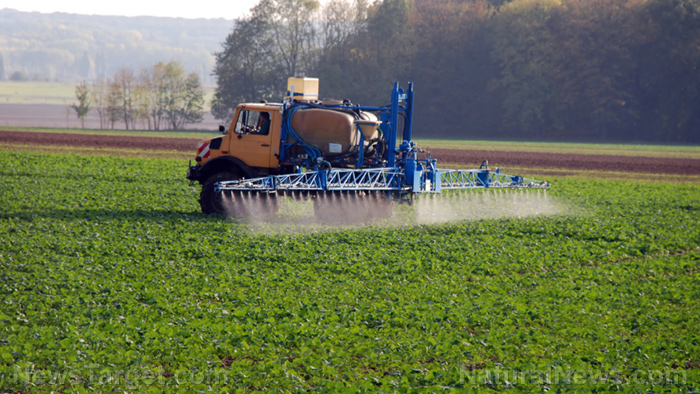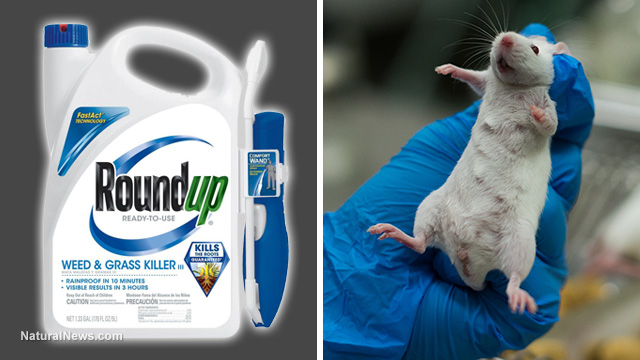Soybean protein composition is adversely affected by the two-spotted spider mite (Tetranychus urticae Koch)
04/17/2018 / By Ralph Flores
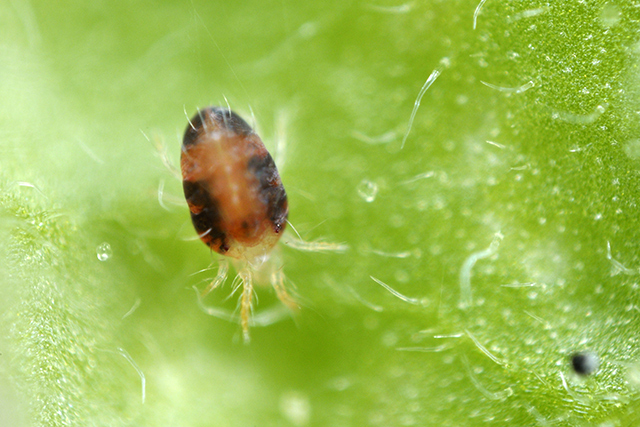
The damage afflicted by pests on crops do not only reduce its visual appeal, but it can also affect its nutritional value, according to a study. The researchers came up with this conclusion after examining the effects that the two-spotted spider mite (Tetranychus urticae Koch) had on soybeans.
- The damage that T. urticae Koch (Acari: Tetranychidae) can do on soybean is widely recognized. The research team, however, wanted to know whether there was any correlation between the visual damage and the nutritional value of the harvest.
- The researchers used the Weendei analysis, that is, a method that examines food products for nitrogen (for protein), ether extract, crude fiber, and ash – as well as soluble carbohydrates – for the study.
- The findings indicate a significant change in the protein content in the mite-injured seeds, as well as in its composition. There was no change noted in the raw fat content of the soybeans. In addition, the levels of ash and fiber also yielded no differences as well.
- The gel electrophoresis method also showed three distinct changes in the protein, with 69 kDa, 48 kDa, and 30 kDa proteins present in the mite-infested samples, but not in the control sample. This reduced the feed-consuming capacity of the soybeans in farm animals.
The researchers concluded that the damage made by T. urticae changed the protein content and structure in affected soybeans.
Journal Reference:
Bosnyákné HE, Kerepesi I, Keszthelyi S. ADVERSE EFFECT OF TWO-SPOTTED SPIDER MITE (TETRANYCHUS URTICAE KOCH) ON SOYBEAN PROTEIN COMPOSITION. Acta Alimentaria. 2017;46(3):355–360. DOI: 10.1556/066.2017.46.3.11
Tagged Under: crop pests, Soybeans, Tetranychus urticae Koch, two-spotted spider mite, Weendei analysis


